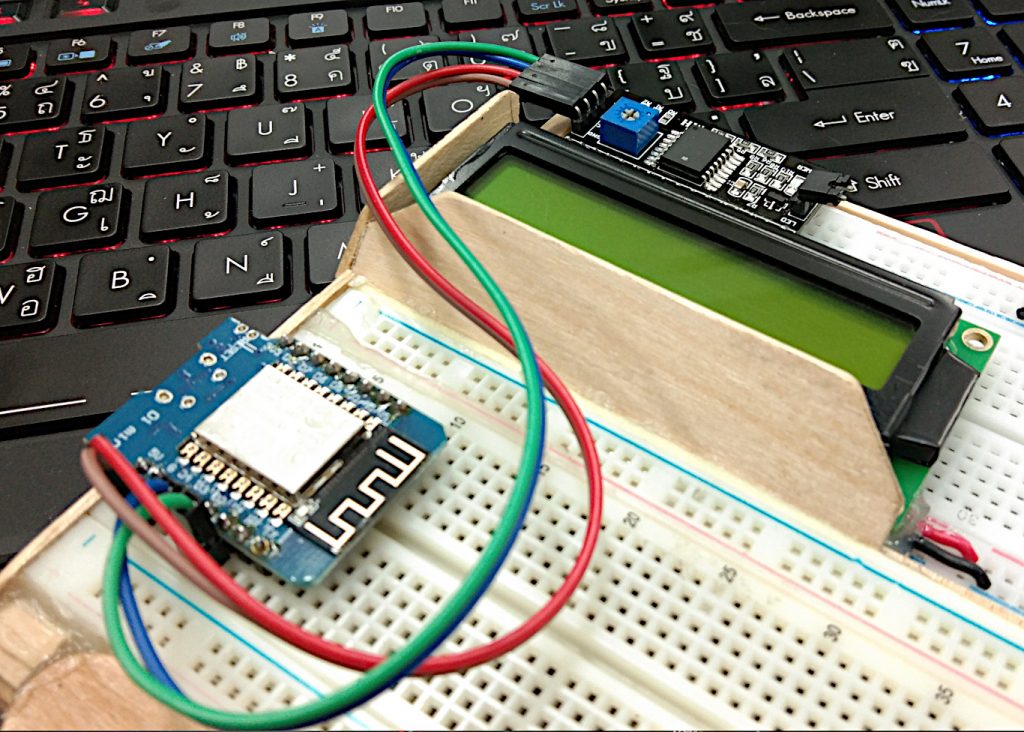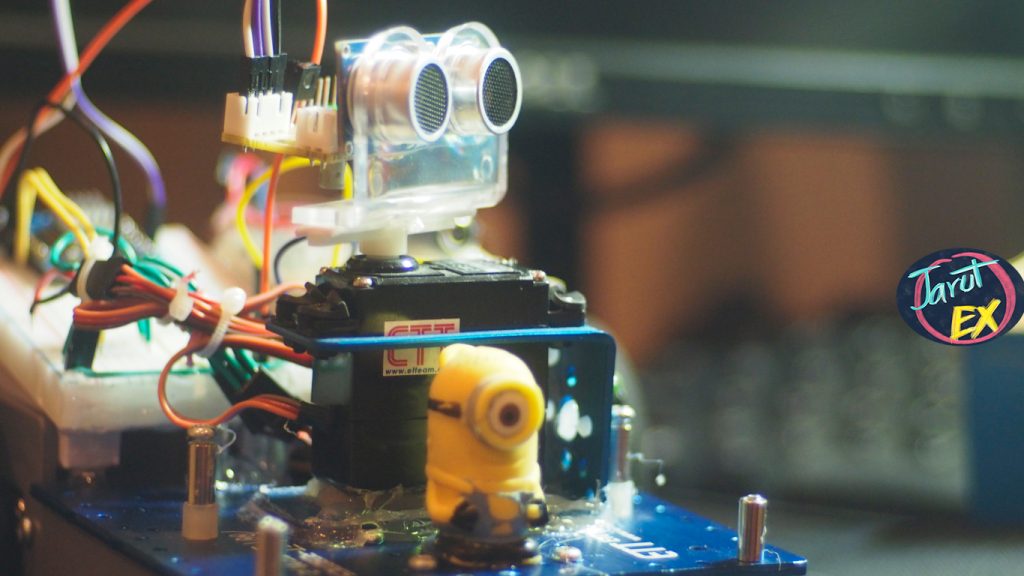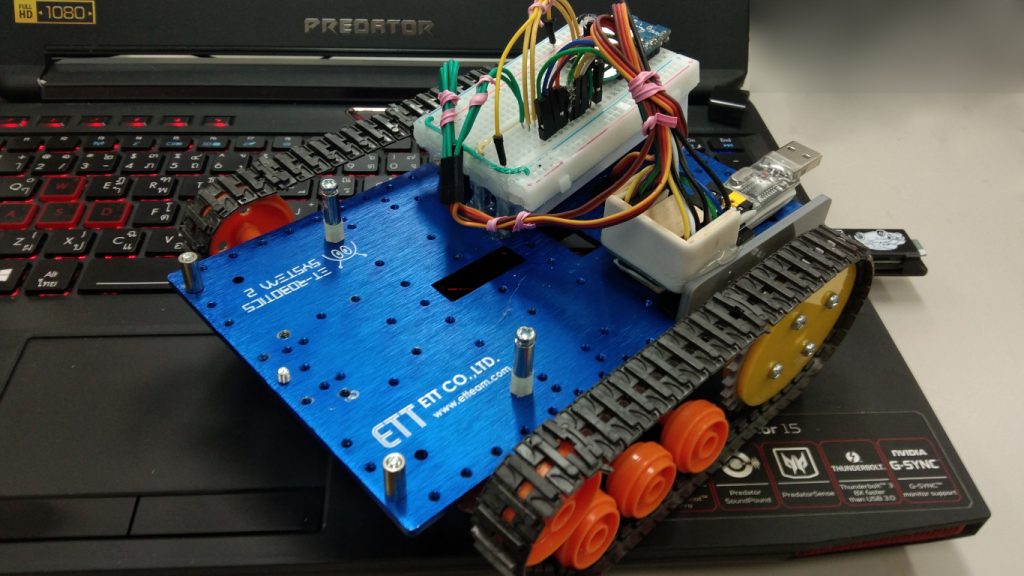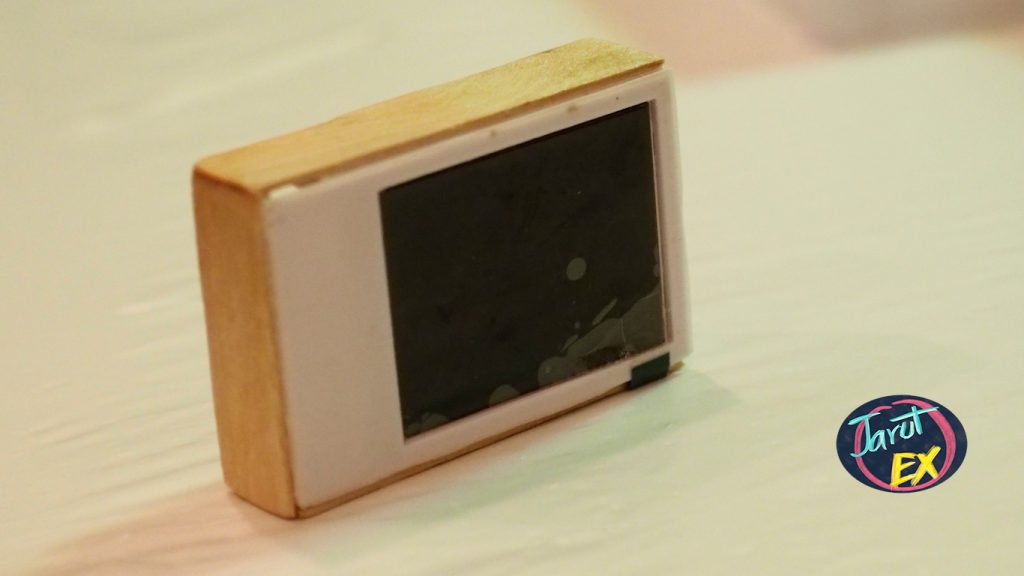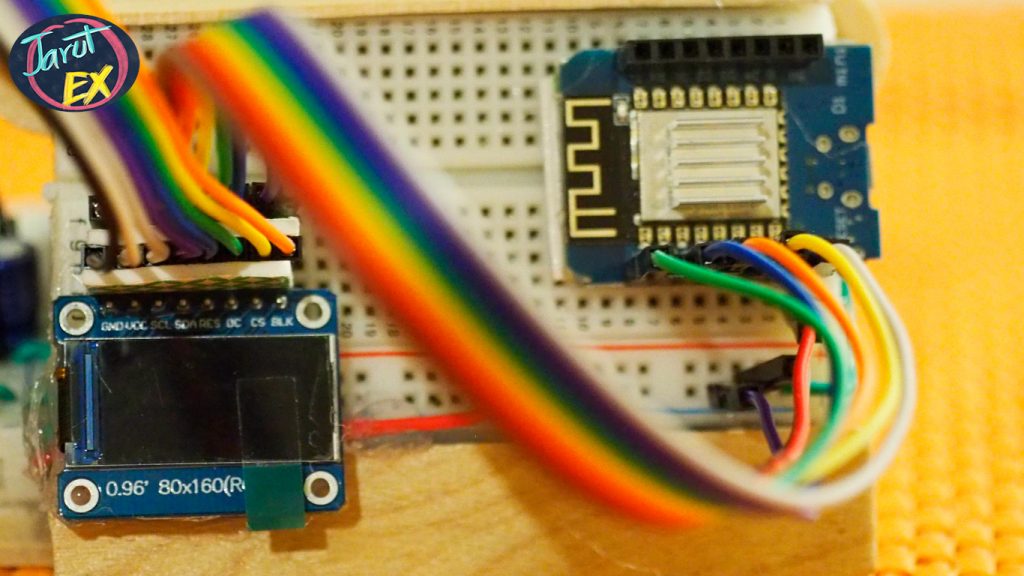[EN] ESP8266 and I2C LCD 16×2
This article writes a library to operate character LCD modules using I2C bus operation, which uses a PCF8574 module designed to connect to the LCD. This makes it possible to use 2 command pins from ESP8266 to command the LCD module’s 8 pins, namely RS, R/W, EN, A, D0, D1, D2 and D3 simultaneously enable/disable the module backlight of LCD and the LCD module character sharpness can be adjusted from the variable resistor located on the PCF8574 module.
